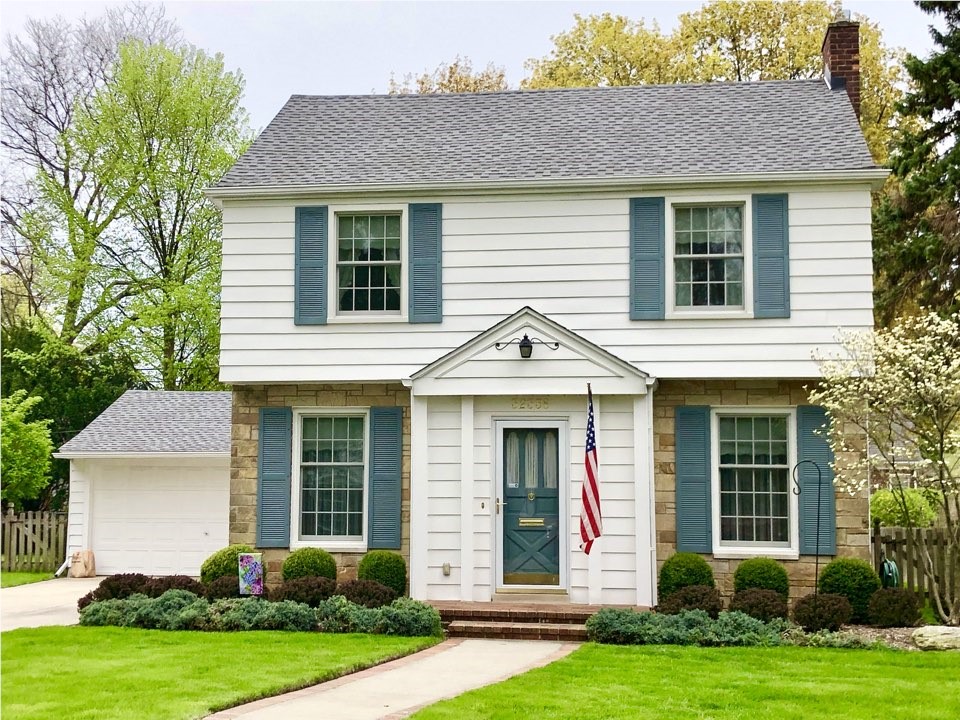
At Feazel, we get asked if a roof overlay is an option for homeowners. In this article, we’ll talk about what roof overlaying is. How it’s different from a complete tear-off, and why Feazel recommends a complete tear-off instead of a roof overlay.
What Is A Roof Overlay?
The roof overlay isn’t necessarily commonplace, but we encounter it on occasion. A roof overlay is the placement of the second layer of shingles on top of your existing shingles. The overlay process does not remove any potential problem areas and does not offer insights into the condition of your roof under the shingles.
The long-term effect of having a roof overlay may exacerbate existing issues with your roof and make the overlay a short-lived prospect. The cost savings of an overlay may be negligible not to mention the lifespan will be reduced in comparison to a complete tear-off.
Additionally, having two roofs on your home adds to the cost of the eventual complete tear-off.
What is a Roof Overlay Covering?
It puts a new layer of shingles over the entirety of your existing roof. The problem with an overlay is it cannot take into address what is happening under your existing shingles.
Cons of a Roof Overlay
Not a long-term solution
A roof overlay only addresses issues short-term and will not last as long as a complete tear-off. If you have mildew and mold on your existing shingles, they will continue to grow under the overlay which may rot your roof from the inside out.
An overlay is a superficial and temporary fix for your roof
The overlay does not take into account the health of your roof under the shingles. There are chances that rot, mold, or uneven roofing will be missed.
Uneven or curled shingles on your old roof
If your existing shingles are curled or bent, how secure will the overlay shingles be on the new roof?
A: Not secure, not to mention it will make the overlay look bad.
Additionally, roofs with curled shingles may have voided warranties associated with the overlaid roof shingles. This is due to the new shingles not resting flat, which also makes them more susceptible to wind damage.
Extra weight associated with the second layer of shingles
Overlay adds weight to your roof which can cause structural problems especially if your roof health isn’t the best, to begin with. The second layer of shingles can add as much as 5,000 LBs of weight to your home. This is a significant amount of weight to add to your roof and may have home insurance implications.
Increased costs
An overlay will add to the cost of a future complete tear-off because your roofing company will be removing two roofs.
Trapped heat
Two layers of shingles trap more heat and can create issues between each layer. If your old roof had ice dams, it is possible that an ice dam can push between layers and create leaks and water damage.
Negatively impact resale value
Potential buyers do not want to deal with an overlay roof because it means problems could be hidden. Additionally, potential problems may still exist. Finally, whenever a complete tear-off is completed, it will cost extra because there are two layers of shingles to be removed.
Warranty
There may be exclusions to the warranty for a roof overlay.
Roof maintenance mystery
Is your overlaid roof leaking? Water is now moving through two layers of shingles and determining the origin of the leak just got twice as tricky.
Ask your home insurance
Overlays add weight to your roof which will cause home insurance companies concern. Some insurance companies do not carry homes with roof overlays.
How Long Does A Roof Overlay Last?
A standard asphalt roof lasts about 25 years. An overlay is typically less than that.
Roof Overlay vs. Tear-Off
What is the difference between a roof overlay and a tear-off?
What is a Complete Roof Tear-Off?
This is where a roofing contractor removes all layers of your roof and is the best way to determine the complete picture of the health of your roofing system. Your roof may seem to be in good condition until the decking is exposed and mold and rot may appear.
Pros of a tear-off
Total analysis of your roofing system
Your roof may look great from the street but underneath can expose problems that will need addressing sooner than later. By having a complete tear-off, those failing or worn-out parts will get replaced.
Replenish your home with brand-new roofing materials
Getting to the decking will allow you to replace it from the base up and give your home a reset for a long-lasting roof.
Upgrade to a higher quality roofing system
Upgrading your roof with more modern components will prolong the life of your roof. This could include new ventilation systems, upgrades to flashing, and more.
Improve your heating and cooling efficiency
Your roof system will help keep your home warm in the winter and cold in the summer. By updating the system from the base up, you will lower your HVAC expenditures throughout the year.
Increased durability
The new product and new warranty for a complete tear-off are beneficial to the homeowner. Not to mention, some roofing companies have transferable warranties. If you are planning on selling your home in the future, it will be worth looking at a complete tear-off. The new shingles will not trap heat as an overlay will.
Updated warranty
Many new roofs have great warranties. Doing an overlay may not provide you with the same quality of warranty.
Return on investment
A traditional complete tear-off with replacement asphalt shingles has an average ROI of 68.2% according to Zillow.
Why Feazel Recommends Complete Roof Tear Off Over Roof Overlay
There are too many variables involved with a roof overlay. We want to know the condition of the decking to see if there are repairs needed. Then we want to install the highest quality roof to keep you safe and dry. If your current roof is leaking or experiencing issues, reach out to the trusted team of roofers at Feazel. We have offices in New Albany, Parma, Loveland, Beavercreek, Indianapolis, and Cary. We are excited to connect with you and discuss your roofing project.
Tags
Subscribe to Feazel's Blog

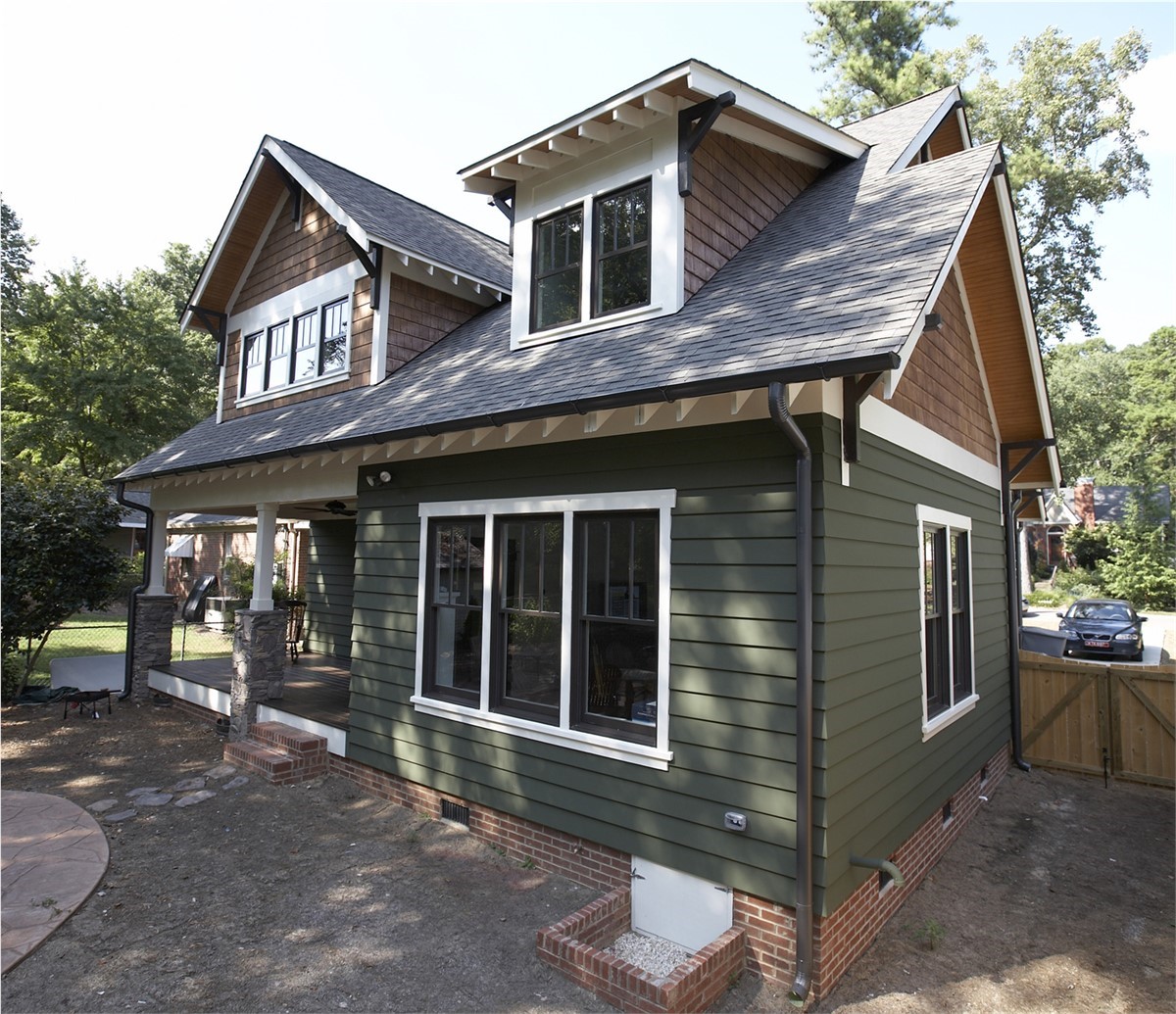
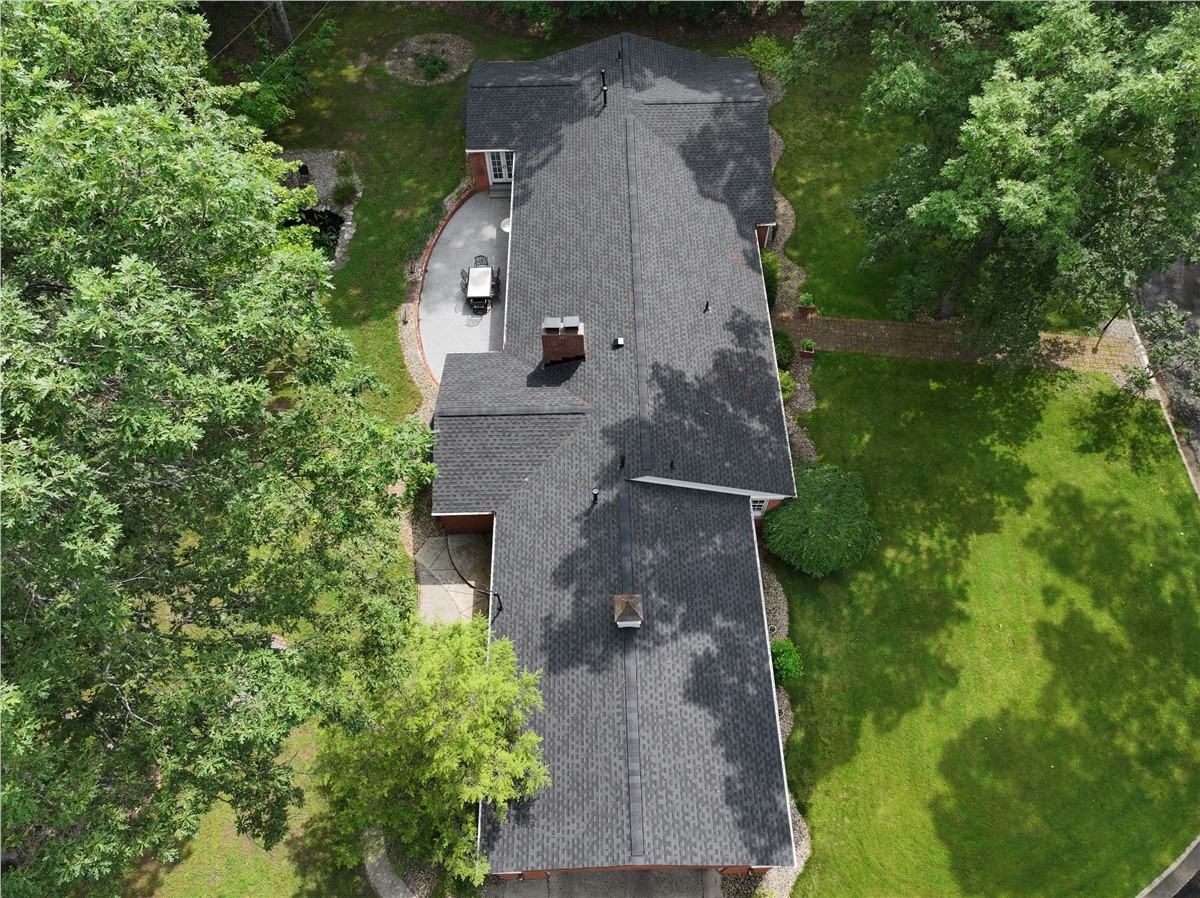
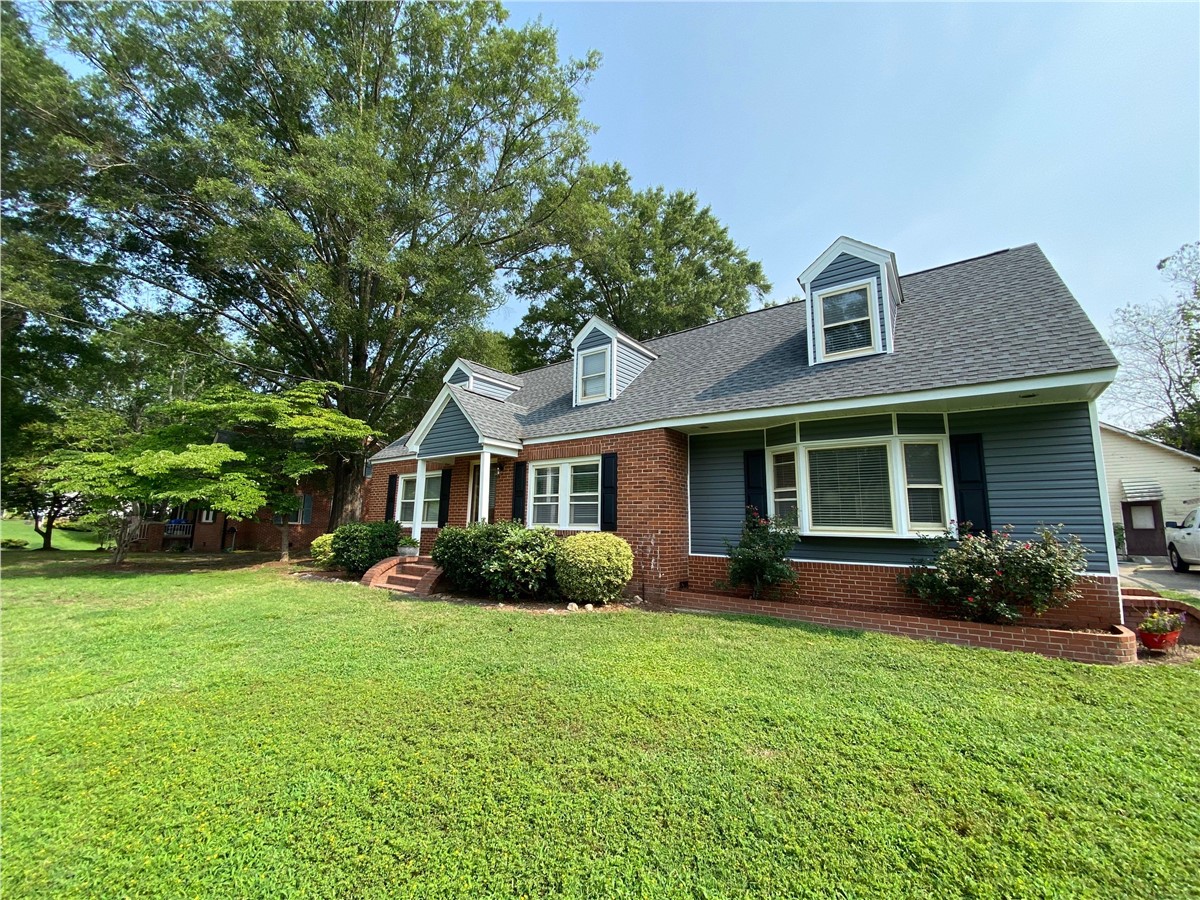
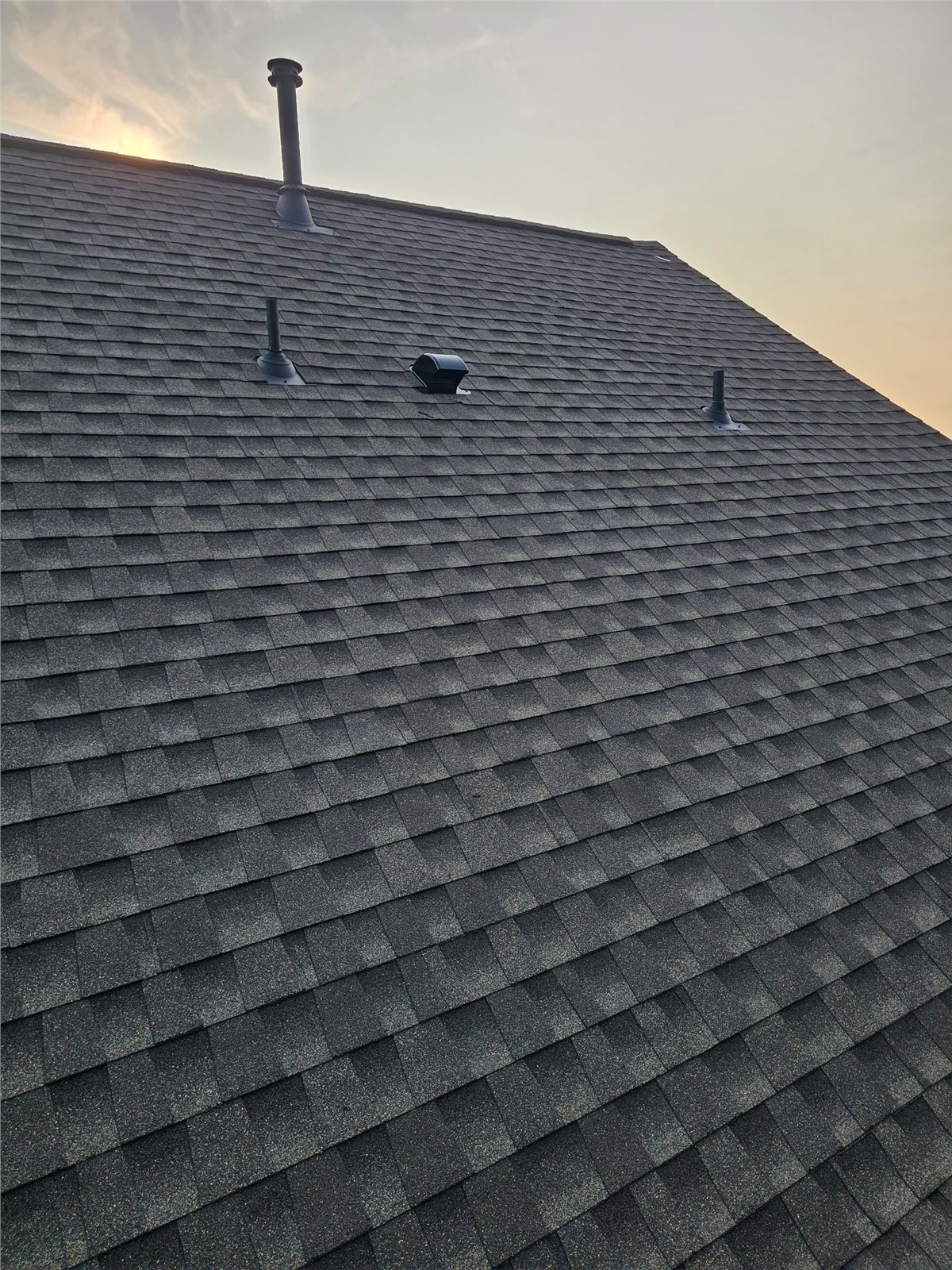
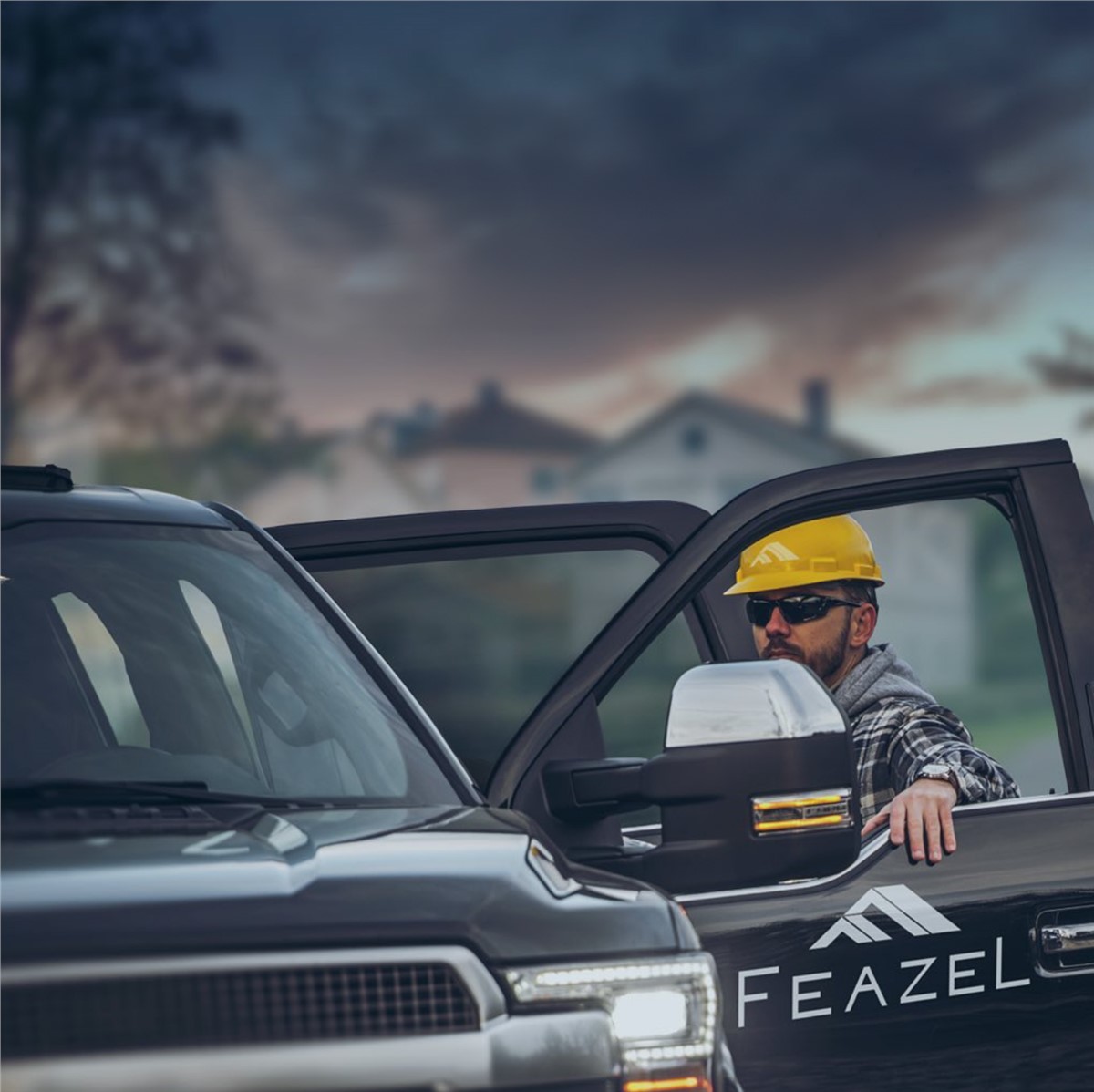
Comments